There are no signs that the VN-Index can easily surpass the 1,300-point mark, so investors need to adjust their mentality to be more cautious and avoid Fomo "buying stocks that have had a hot increase" which is necessary.
At the end of last week, VN-Index still increased by 1.48% compared to the previous week to 1,290.92 points. Market breadth was tilted towards the selling side in the last session of the week when 113 stocks increased in price, 189 stocks decreased in price, 65 stocks were at the reference price on HoSE. HNX with 60 stocks increased in price, 63 stocks were at the reference price and 60 stocks decreased in price.
The VN-Index recorded a slight correction after reaching the 1,300-point threshold. During the upward process, the market is unlikely to avoid fluctuations and slight corrections, and these will be breaks for the index to gain momentum. This movement will help the index's upward momentum become more sustainable, with a higher probability of successfully breaking through the target threshold of 1,300 points.
Liquidity on both exchanges remained high with a value of over VND22,000 billion, trading volume of nearly 1 billion shares in the last 3 sessions of the week. In which, the matched volume this week increased by 22.53% at HoSE and 10.4% at HNX. Foreign investors net bought this week with a value of VND1,221.2 billion at HoSE, focusing on bank stocks such as TPB, HDB, TCB... On HNX, foreign investors also net bought VND71.07 billion, focusing on stocks SHS, PVS, CEO...
The banking sector, under the influence of foreign net buying, is the main driving force positively affecting the market. Many stocks increased sharply in price and volume, such as TPB (+12.04%), MSB (+9.09%), STB (+8.91%), EIB (+7.55%), BVB (+5.26%),SHB (+5.26%)...
Foreign investors are also very active in the market, having net bought in 8 out of the last 10 sessions. The foreign capital flow returning to the Vietnamese market, combined with the net buying trend of domestic investors, will become the driving force to help the VN-Index continue its positive trend in the coming period.
This is happening in the context that the stock market is being supported by a lot of positive information at home and abroad: the State Bank continuously buys term deposits on the open market and "pumps money" into the system; the Fed (US) cuts and the BoJ (Japan) postpones the plan to increase interest rates, confirming the wave of monetary policy easing; the PBoC (China) launches a large economic stimulus package and warms the real estate market....
The People's Bank of China (PBoC) recently announced policies to support the economy with the largest scale since the Covid-19 pandemic. In which, the solution groups include (1) Loosening monetary policy; (2) Removing difficulties and supporting the housing market; (3) Supporting the stock market. With China launching a large-scale economic stimulus package, Agriseco experts expect that other countries in the region, including Vietnam, can continue to maintain and strengthen monetary easing policies, promoting economic growth.
In addition, the stimulus package will increase the attractiveness of the stock market and is expected to be a factor promoting the reversal of foreign capital flows from net selling to net buying in Asian markets at the end of the year.
In the short term, many securities companies recommend not to buy when the VN-Index continues to increase to the 1,300 point price range , because this is not an attractive price range. The market will end the third quarter of 2024 in the next session and start the fourth quarter of 2024, as well as begin the period of receiving business results. Investors maintain a reasonable proportion, below average proportion, new cash flow can still consider, increase, and expand the portfolio for codes that have not recovered much, with a price range equivalent to the time when the VN-Index was 1,250 points before.
Buying positions should be carefully evaluated based on business results. Investment targets should be directed towards leading stocks with good fundamentals, good growth in Q2 business results, and positive growth prospects for Q3 business results.
Mr. Dinh Quang Hinh, Head of Macroeconomics and Market Strategy, VNDIRECT Securities Joint Stock Company, assessed that the VN-Index continued to have a breakthrough week and even surpassed the 1,300-point mark at one point in the last session of the week. However, increased selling pressure pushed the index back to near 1,290 points. This is not surprising, because since the beginning of the year, the area above 1,300 points has always been the area where the VN-Index has been under strong profit-taking pressure and difficult to maintain.
In the context that there is no sign that the VN-Index can easily surpass the 1,300-point mark, it is necessary for investors to adjust their psychology to be more cautious and avoid the Fomo mentality of "buying stocks that have had a hot increase".
At the same time, portfolio risk management should be given high priority, whereby investors should proactively take profits from stocks that have increased rapidly by more than 15% in the past 2 weeks and reduce the proportion of stocks to a safe level (below 100%). New disbursements and the use of financial leverage should be limited, at least until the VN-Index clearly confirms its movement trend after testing the resistance zone of 1,300 points.
“New disbursements should be made when the VN-Index successfully and reliably surpasses the resistance zone of 1,300 points or falls back to the support price zone at 1,260 - 1,270 points,” according to Mr. Hinh.
Mr. Hinh shared his perspective on the recent interest rate cut by the Fed, which will certainly have a significant impact on the outlook for the global financial market in particular and the Vietnamese stock market in the coming time.
Specifically, on September 18, the Fed officially initiated monetary policy easing, a move that the market has long awaited, with the decision to cut the operating interest rate by 0.5 percentage points. This is a strong start by the Fed and also caused controversy when most economists leaned towards the scenario of cutting the operating interest rate by 0.25 percentage points right before the meeting. There are voices saying that the Fed's strong interest rate reduction is due to the risk of recession in the US economy.
In Mr. Hinh’s personal opinion, this perspective is not comprehensive. In the context of “lower-than-expected inflation” and “concerns about the labor market, although still under control,” the Fed’s 0.5 percentage point interest rate cut is very logical.
Sharing about the strong action, Fed Chairman Jerome Powell shared, "There is a view that now is the time to support the labor market, while the market is still strong, not when layoffs have started to occur." It can be seen that, although still affirming that the US economy is still healthy, the head of the Fed seems to agree with the problems raised by experts that "monetary policy has a lag to take effect and with information gathered from businesses as well as the slow pace of hiring, Fed officials feel it is necessary to pre-empt a stronger weakening of the labor market."
Therefore, the 0.5 percentage point cut in the policy rate is more like a “preemptive intervention” by the Fed than a “firefighting action” when everything is too late. Along with the rate cut, the Fed also made quite consistent changes such as lowering the forecast for the personal consumption expenditures price index (PCE) - the Fed's preferred inflation measure - to 2.3% by the end of this year, from the previous forecast of 2.6%, and continuing to decrease to 2.1% by the end of 2025.
Regarding the unemployment rate, the Fed forecasts a figure of 4.4% by the end of this year, up from the previous forecast of 4.0% and believes that this level will be maintained until the end of 2025. Regarding economic growth, the Fed forecasts an increase of 2.1% this year and 2% next year, unchanged from the forecast given in June. The positive reaction of the US stock market after the Fed's move also reinforces the scenario of a "soft landing" of the US economy.
Domestically, the Fed’s interest rate reduction trend will have a positive impact on the economy and the financial-monetary market. The Fed’s interest rate reduction will support the US economy and boost consumer demand, thereby positively impacting Vietnam’s export prospects to the US.
It should be emphasized that the US is Vietnam's largest export market, accounting for nearly 30% of the country's total import value. The Fed's interest rate cut also weakened the DXY, helping to cool down the pressure on exchange rates and inflation, thereby creating conditions for the State Bank to be more flexible in operating monetary policy, shifting its priority to supporting system liquidity and maintaining a low interest rate environment to promote economic growth. OMO and buying foreign exchange reserves to supply VND to the market to improve money supply growth, which has been very slow since the beginning of this year.
With the above expectations, Mr. Hinh maintains a positive view on the Vietnamese stock market in the medium term from now until the end of the year and the scenario of VN-Index surpassing the 1,300-point mark this year is completely feasible thanks to (1) a looser monetary policy, (2) continued improvement in the business results of listed companies and (3) new progress in the story of upgrading the market cap.
Therefore, any market corrections in the coming time will be a good opportunity for investors with a long-term vision to accumulate more stocks, prioritizing industries with positive growth stories at the end of the year such as banking, securities, import and export (textiles, seafood, wood products) and industrial park real estate.
Source: https://baodautu.vn/goc-nhin-ttck-tuan-309-410-khong-mua-duoi-vung-1300-diem-d226163.html








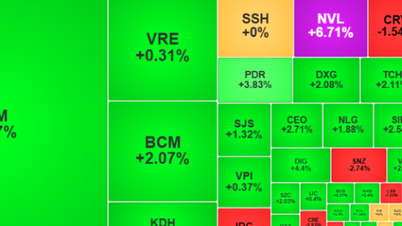

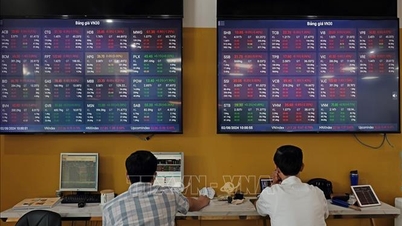

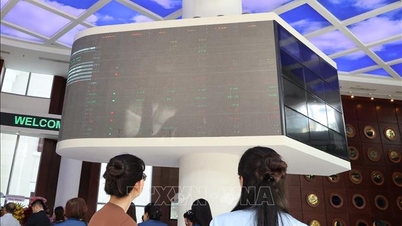
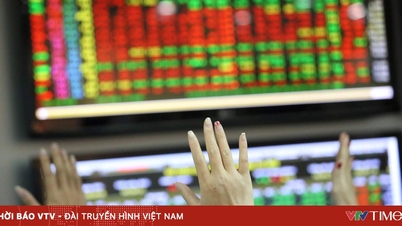








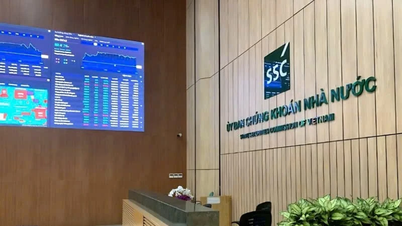















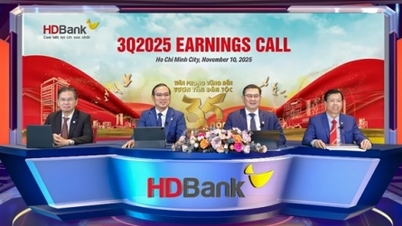



![[Photo] General Secretary To Lam and National Assembly Chairman Tran Thanh Man attend the 80th Anniversary of the Traditional Day of the Vietnamese Inspection Sector](https://vphoto.vietnam.vn/thumb/1200x675/vietnam/resource/IMAGE/2025/11/17/1763356362984_a2-bnd-7940-3561-jpg.webp)



























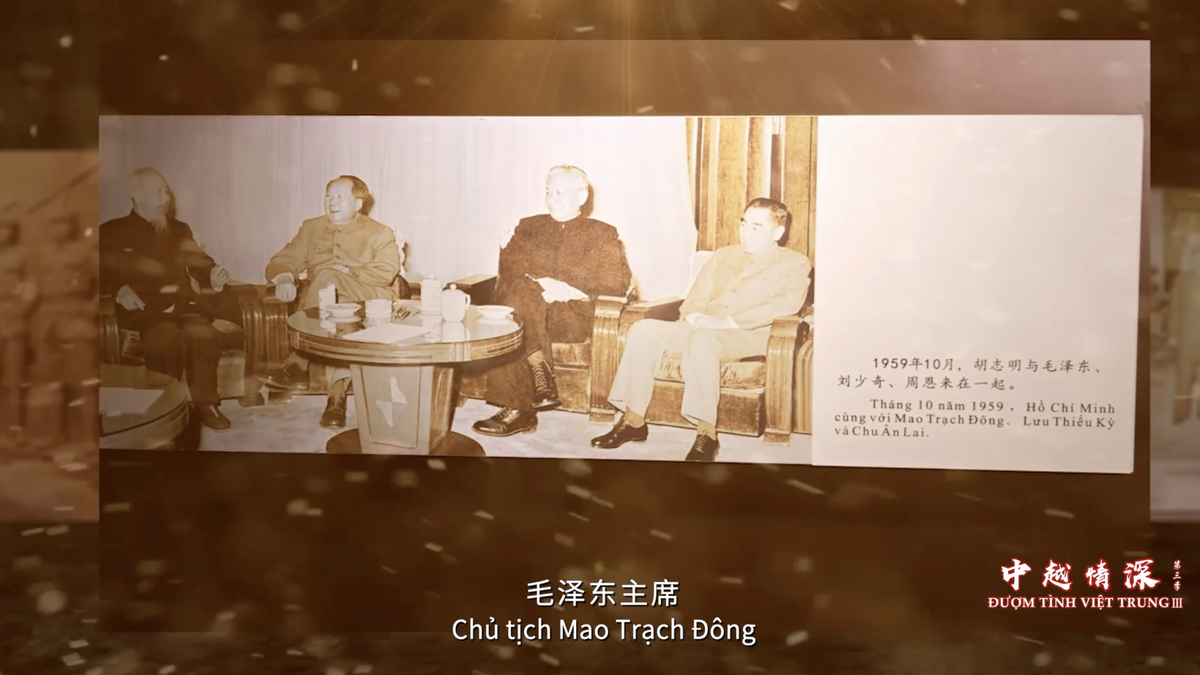







































Comment (0)